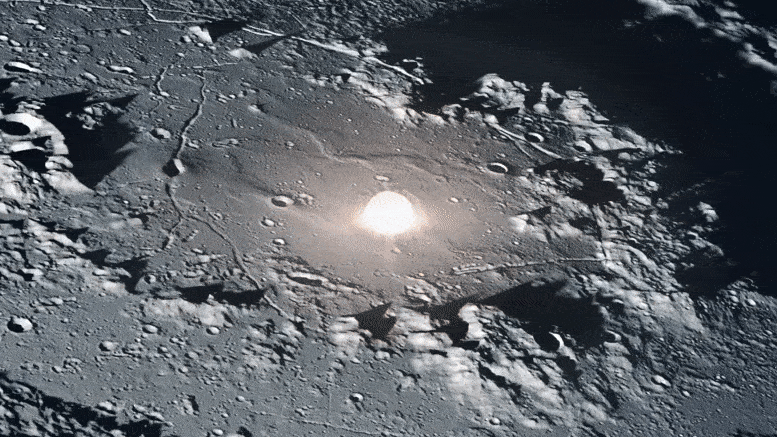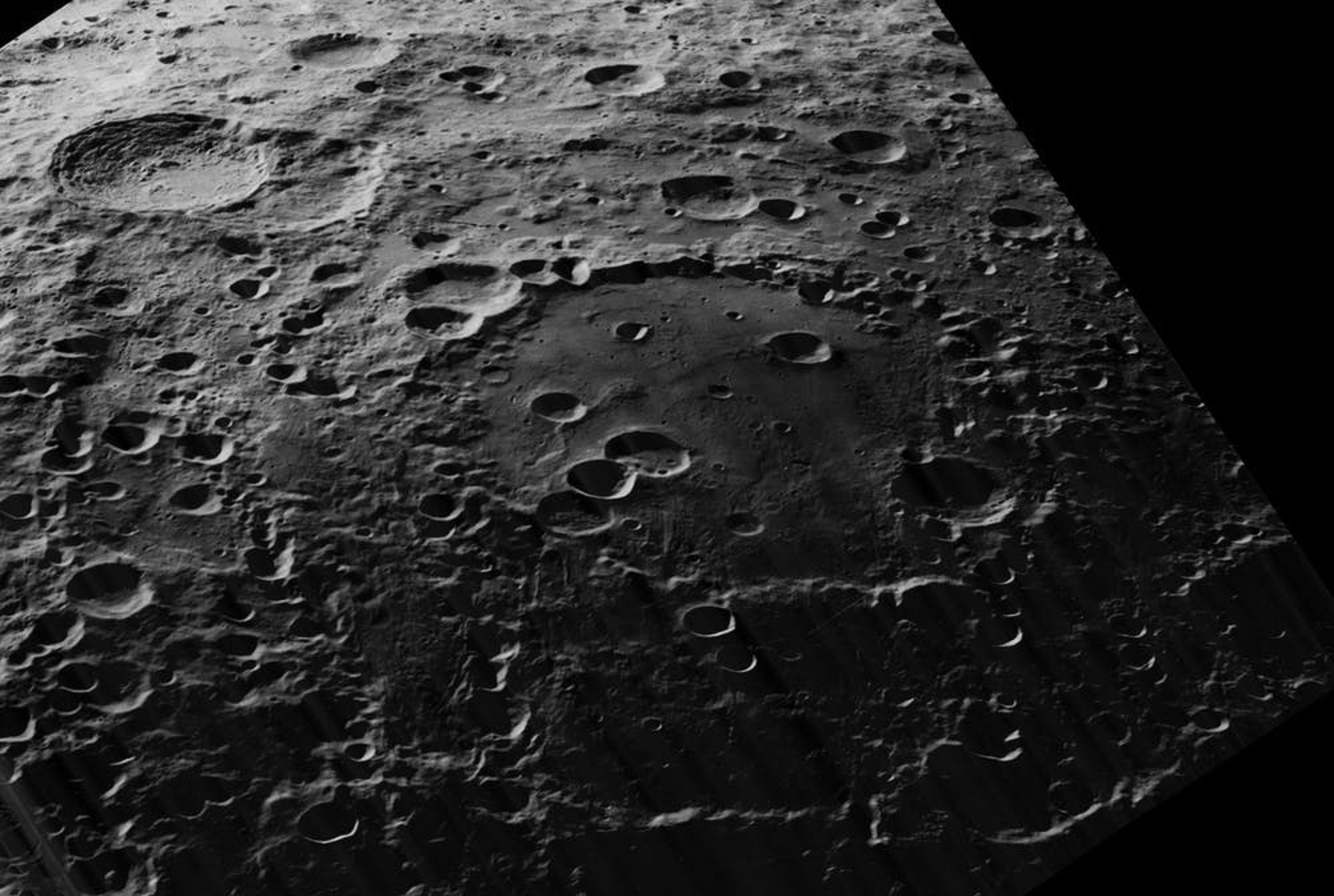Did NASA Really Crash a Rocket Into the Moon? The Shocking Truth Behind the “Hollow Moon” Theory That Could Change Everything We Know About Our Celestial Neighbor!

The moon has long captivated the human imagination, serving as a source of inspiration for poets, scientists, and conspiracy theorists alike.
Among the many mysteries that surround this celestial body, one of the most intriguing is NASA’s decision to crash a rocket into the moon during the Apollo missions.
This seemingly reckless act was part of a seismic experiment designed to gather data about the moon’s interior structure.
However, the unexpected results have led to a plethora of questions and theories that continue to perplex scientists and enthusiasts alike.
When NASA conducted this experiment, they dropped a rocket booster onto the lunar surface, and what followed was nothing short of astonishing.
The moon “rang like a bell” for over an hour, a phenomenon that left scientists scratching their heads.
Unlike Earth, where seismic waves slow down as they pass through denser materials, the sound waves on the moon accelerated and reverberated in ways that defied conventional understanding.
The prevailing theory suggests that the moon is less dense than Earth, possibly containing hollow spaces within it.
But why would a celestial body behave in such a peculiar manner?

This incident has fueled speculation about the moon’s origins and its structure.
Some researchers point out that the moon is uniquely positioned in relation to Earth, boasting a size and orbit that are unlike any other moon in our solar system.
The fact that it is tidally locked—meaning the same side always faces Earth—adds another layer of intrigue to its story.
Critics of the traditional theories argue that such a perfect alignment and the moon’s unusual characteristics suggest that it may not be a natural satellite at all, but rather a constructed or modified object.
Adding to the enigma are reports of transient lunar phenomena—mysterious flashes of light observed on the moon’s surface.
These occurrences, often dismissed by mainstream scientists as reflections or optical illusions, raise questions about what else might be happening on our lunar neighbor.
One particularly notable phenomenon is the so-called “blue gem” seen in the Aristarchus crater, which has sparked curiosity and speculation for centuries.
What could be causing these inexplicable lights? Are they merely the result of geological activity, or could they indicate something more extraordinary?
The far side of the moon presents an even greater mystery.
Unlike the near side, which is heavily cratered and familiar to us, the far side has a thicker crust and fewer impacts, leading some to hypothesize that it has a different geological history.
This disparity raises questions about the moon’s formation and whether it has been subjected to processes we do not yet understand.

Some theorists suggest that there may be hidden structures or even civilizations on the far side, as claimed by former U.S.
Air Force technician Carl Wolf, who alleged he saw images of cities and highways while working with NASA.
His untimely death only added fuel to the fire of conspiracy theories surrounding the moon.
Furthermore, the moon’s lack of a substantial atmosphere and the sudden appearance of water vapor in its vicinity have also baffled scientists.
The moon is generally considered a desolate, airless wasteland, yet there have been instances where water vapor has been detected, leading to speculation about its origins.
Could this water have come from beneath the surface, or is there something else at play? The absence of a clear explanation only deepens the mystery surrounding the moon.
As we explore these bizarre phenomena, it becomes clear that the moon is not just a silent observer of our planet; it is a complex and dynamic entity that continues to reveal new secrets.
The implications of these discoveries are profound, suggesting that our understanding of the moon—and by extension, our solar system—may be fundamentally flawed.
Theories about the moon being hollow, constructed, or even inhabited challenge the very foundations of what we believe to be true about our cosmic neighborhood.
The story of the moon is not just a tale of scientific inquiry; it is also a narrative filled with intrigue, conspiracy, and the quest for knowledge.
The legacy of figures like Nikola Tesla, who sought to harness free energy and push the boundaries of science, echoes through the ages.
Just as Tesla’s groundbreaking work was shrouded in mystery and controversy, so too is our understanding of the moon fraught with unanswered questions and hidden truths.
In a world where information is often obscured by layers of bureaucracy and secrecy, the pursuit of knowledge becomes a noble endeavor.

The moon stands as a testament to humanity’s insatiable curiosity and desire to explore the unknown.
As we continue to investigate its mysteries, we must remain vigilant against the forces that seek to suppress information and stifle innovation.
The moon is a reminder of our place in the universe and the potential that lies beyond our understanding.
Each new discovery challenges us to rethink our assumptions and embrace the possibility that there is much more to learn.
Whether we are uncovering the secrets of the moon’s surface or delving into the depths of its mysterious past, one thing is certain: the journey of exploration is just beginning.
As we continue to gaze up at the night sky, let us not forget the wonders that await us on our nearest celestial neighbor.
The truth about the moon may be stranger than fiction, and it is up to us to uncover it.
So, what do you think? Is the moon truly hollow, or is it simply a canvas for our imaginations? The answers may lie just beyond our reach, waiting to be discovered.
